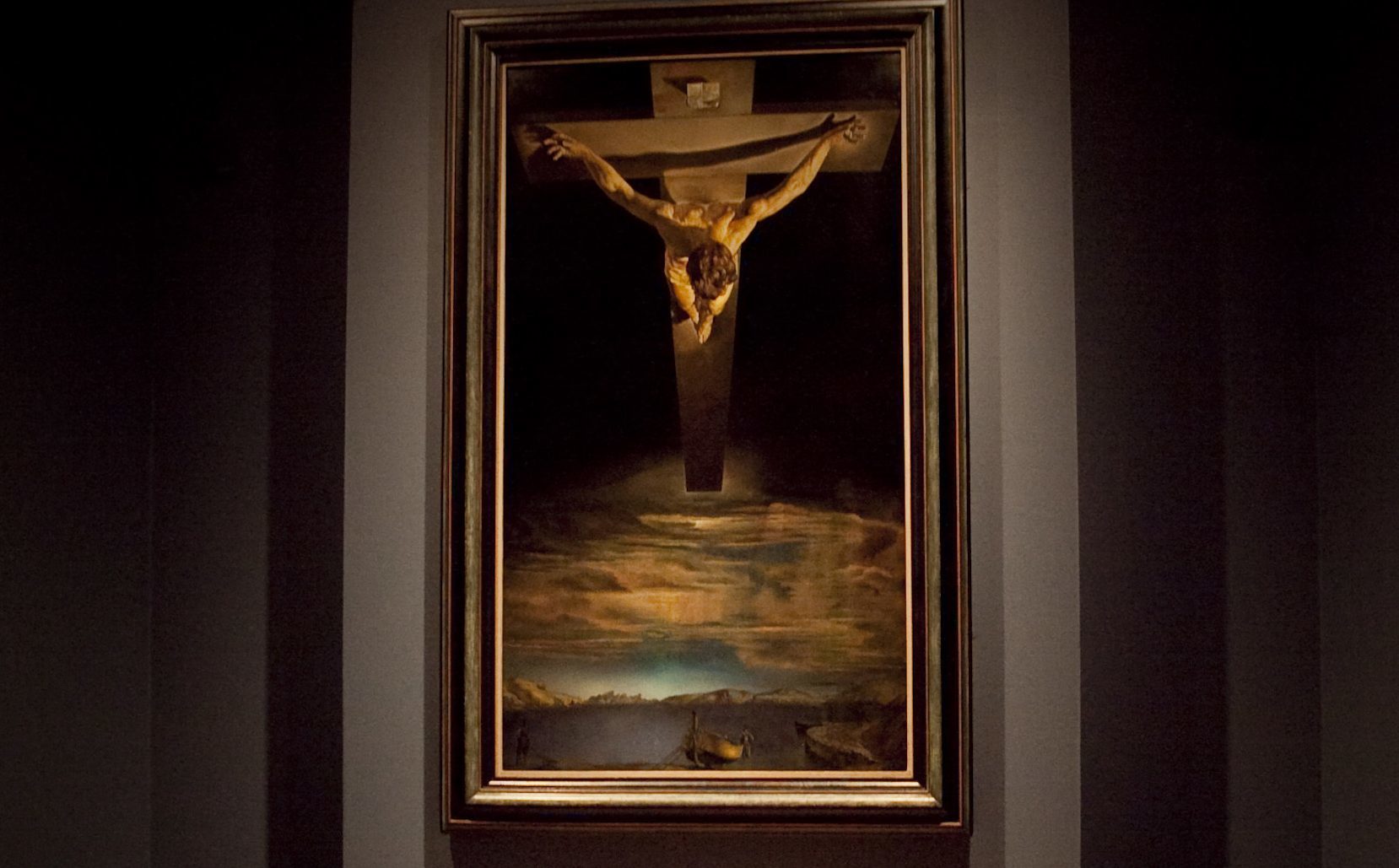
AN iconic Salvador Dali painting is set to be loaned out from its Glasgow home.
Christ of Saint John of the Cross is one of the jewels of Kelvingrove’s art collection, but will be moved to London’s Royal Academy of Arts in September as part of a special Dali/Duchamp exhibition.
It’ll return to Glasgow in summer 2018 before once again being loaned out to Auckland Castle, County Durham, in autumn 2019.
Head of Glasgow Museums Duncan Dornan said: “The iconic Christ of St John of the Cross will be a highlight of this summer’s Dalí/Duchamp exhibition at the RA in London and then the Dalí Museum in Florida.
“Showing this artwork in a new context and considering it in a way we might not otherwise have had the opportunity to do so, enables us to gain a new perspective on the inventive and intelligent man who created this Glasgow treasure, before it goes back on show at Kelvingrove in the summer of 2018.
“Glasgow’s art collection is considered one of the finest in Europe and loaning key pieces increases access to the works so that people across the country and indeed the world can enjoy them, bolstering our reputation.”
The famous painting, once voted Scotland’s favourite, was bought in the early 1950s by the then Glasgow Corporation (now Glasgow City Council) for £8,200.
It’s been on display in the city ever since, outwith loan spells and during months of restoration after it was ripped by a visitor in 1961.
The Royal Academy will be sending Henry Raeburn’s Boy and Rabbit in its place from September 2017 until May 2018.

Enjoy the convenience of having The Sunday Post delivered as a digital ePaper straight to your smartphone, tablet or computer.
Subscribe for only £5.49 a month and enjoy all the benefits of the printed paper as a digital replica.
Subscribe